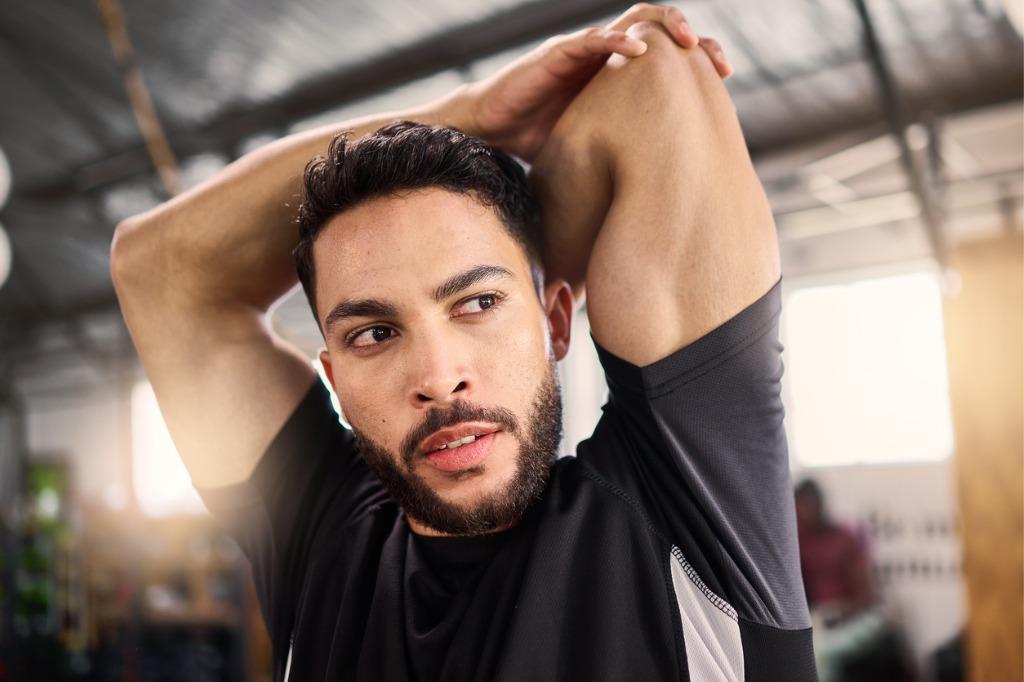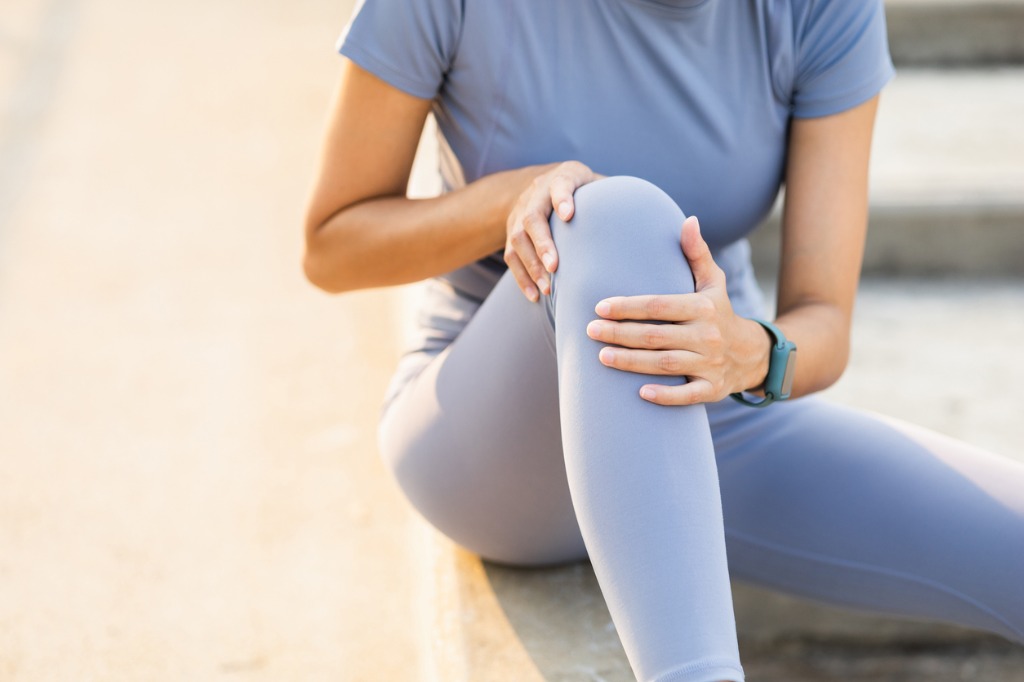Injury Prevention Strategies for Returning College Athletes

Injury Prevention Strategies for Returning College Athletes
The excitement of returning to college sports is often tempered by the concern of potential injuries. As athletes prepare to return to the field, injury prevention becomes a crucial aspect of their training and preparation. Understanding common injuries and implementing effective prevention strategies may significantly impact an athlete’s performance and longevity in sports. To help you prepare for a successful college season, Motion Orthopaedics has outlined key strategies to prevent injuries in five of the most commonly injured areas: shoulder, elbow, knee, hip, and spine.
Common Injuries in College Athletes
Injuries can occur in various parts of the body, and understanding them is the first step in injury prevention. College athletics are often highly competitive and require athletes to give their all, thus increasing the risk of injury. If left untreated or improperly managed, injuries may lead to more severe problems and negatively impact an athlete’s performance. The following are some of the most common problem areas we see in collegiate athletes:
Shoulder Injuries in Overhead Sports
Shoulder injuries are prevalent in sports that require extensive arm movements, such as swimming, volleyball, softball, and baseball. Rotator cuff tears, dislocations, and strains can sideline an athlete for weeks or even months. Injury prevention in this area involves proper warm-up, strength training, and flexibility exercises. If you suffer from a shoulder injury, rest, physical therapy, taping techniques, and in some cases, surgery may be necessary to get you back in the game.
Elbow Injuries in Throwing and Contact Sports
Elbow injuries often occur in sports such as baseball, football, tennis, and golf. This is because of the frequent and intense use of the arm, which may lead to elbow ligament damage. It is important to stretch before each practice or game to prevent these injuries. In addition, athletes should take regular breaks to recover between activities. If an elbow injury does occur, rest and physical therapy are recommended for recovery. Common elbow injuries include:
- Tennis elbow
- Golfer’s elbow
- UCL tear
- Sprains and strains
- Bicep tear
Knee Injuries in High-impact Sports
Knee injuries, such as ACL tears and meniscus damage, are common in high-impact sports like basketball, football, and soccer. Unfortunately, these injuries may put an end to your season and often require surgery and extensive rehabilitation. Therefore, implementing injury prevention strategies is paramount. These strategies include wearing proper footwear, doing agility training, and learning correct landing techniques. Your knees are complex joints, and if an injury does occur, it is crucial to get proper medical attention as soon as possible.
Hip Injuries in Athletes
Hip injuries can affect athletes in various sports, from runners to hockey players. Strains, bursitis, and fractures can limit mobility and cause significant pain. Preventing hip injuries involves flexibility exercises, core strengthening, and proper alignment during physical activities. The following core exercises can help support the hips:
- Planks
- Side planks
- Bridges
- Squats
- Lunges
Spine Injuries and Their Impact
Spine injuries can range from mild strains to severe conditions like herniated discs. Athletes in contact sports or heavy lifting are particularly at risk. Your spine is at the center of your physical activities, so focusing on injury prevention measures is imperative. Warm-up exercises can help reduce the risk of a spine injury, along with strengthening the core muscles and avoiding overtraining.
Prevention Strategies
Injury prevention is not just about understanding the risks. It’s about implementing strategies to mitigate them. At Motion Orthopaedics, we develop comprehensive training plans that incorporate flexibility, strength, and agility exercises. Our sports medicine experts help athletes manage existing injuries and prevent future ones by delivering an individualized program tailored to the athlete’s needs. To minimize your risk of injury this season, Motion Orthopaedics has shared a few tips:
Proper Training and Conditioning
A well-designed training program that includes strength, flexibility, and endurance exercises can prepare the body for the demands of college athletics. Working with a knowledgeable coach or trainer ensures that athletes follow a balanced routine that minimizes the risk of overuse injuries. When you are physically prepared for the season, you are more likely to perform well and stay injury-free. Additionally, being in peak condition allows you to maintain proper form, which is essential for reducing the risk of injury.
Hydration and Nutrition
Staying hydrated is vital for athletes looking to perform their best and remain injury-free. When the body is adequately hydrated, muscles can work more efficiently and reduce the risk of cramping or dehydration-related injuries. Furthermore, nutrition plays a key role in injury prevention. Eating healthy helps keep your body strong and well-nourished for peak performance.
Equipment and Safety Measures
Using the right equipment and adhering to safety guidelines is vital for injury prevention. Helmets, pads, proper footwear, and other protective gear must be appropriately fitted and maintained. Regular inspections of playing surfaces and equipment can also prevent unexpected accidents. Before each practice or game, it is important to ensure you are well-equipped and have the right safety measures in place.
Recovery Techniques
Adequate recovery is essential to any training regimen and is crucial for preventing injuries and achieving peak performance. During this time, the body repairs and strengthens itself in the time between workouts. Recovery plays a crucial role in minimizing the risk of overuse injuries, reducing muscle soreness, and enhancing athletic performance. Each athlete’s recovery process may be different, depending on the type of sport, intensity, and the individual’s fitness level. However, there are common recovery techniques that have proven beneficial in helping athletes recuperate and prepare for their next performance:
- Stretching
- Ice baths
- Foam rolling
- Massage therapy
- Adequate rest and sleep
Prepare for Your Season With Motion Orthopaedics
As you gear up for the upcoming college sports season, consider partnering with Motion Orthopaedics for a comprehensive approach to injury prevention. Our team of experts specializes in athlete care, focusing on the shoulder, elbow, knee, hip, and spine. From pre-season assessments to personalized sports medicine programs, we provide the support you need to excel in your sport without the fear of injuries. Take the first step toward an injury-free season. Contact Motion Orthopaedics today, and let us help you achieve your athletic goals.




